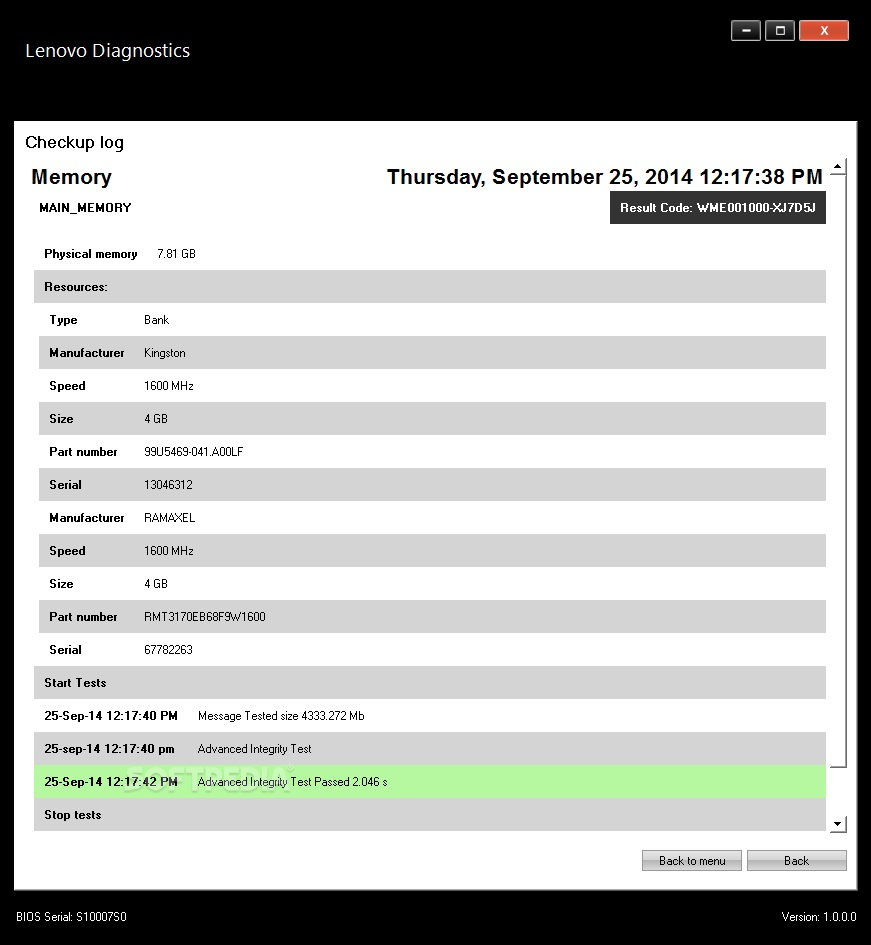

The Processes tab offers a closer look at what might be contributing to the problem and provides a rundown of which processes are taking up the most power and RAM, which is key for figuring out how to lower CPU usage. In order to find out what percentage of CPU a computer is using, simply open Windows Task Manager (Control + Shift + ESC) and click the Performance tab. But in the vast majority of cases, if you’re wondering how to lower CPU usage, the process is actually as simple as pressing Control + Shift + ESC. Slow processing can stem from a variety of different causes, some of which will be more difficult to fix than others. High physical memory usage is often a consequence of using too many demanding apps, but can also be the result of a bug in a process that would normally be far less resource-intensive. A longer count means the system is busy or overloaded. CPU time or processing time is measured by counting the seconds that a CPU spends processing instructions from an application or your OS. A device’s CPU only has the capacity to deal with so many processes or tasks at once, and when those resources are strained, the computer’s performance begins to suffer. What does CPU time mean?Īt the core of any computing device is the Central Processing Unit (CPU), or processor, which is responsible for fulfilling the user’s instructions. Luckily, it’s actually fairly simple to look under the hood of a Windows desktop or laptop and understand whether the workstation can be fixed, or if it’s time to replace the CPU. When diagnosing a malfunctioning system, these are signs you should start by checking the processor. The workstation might even begin to physically heat up as it strains to perform tasks.
The symptoms of high CPU usage are familiar: the cursor moves jerkily and slowly, and applications begin to lag or shut down.


 0 kommentar(er)
0 kommentar(er)
